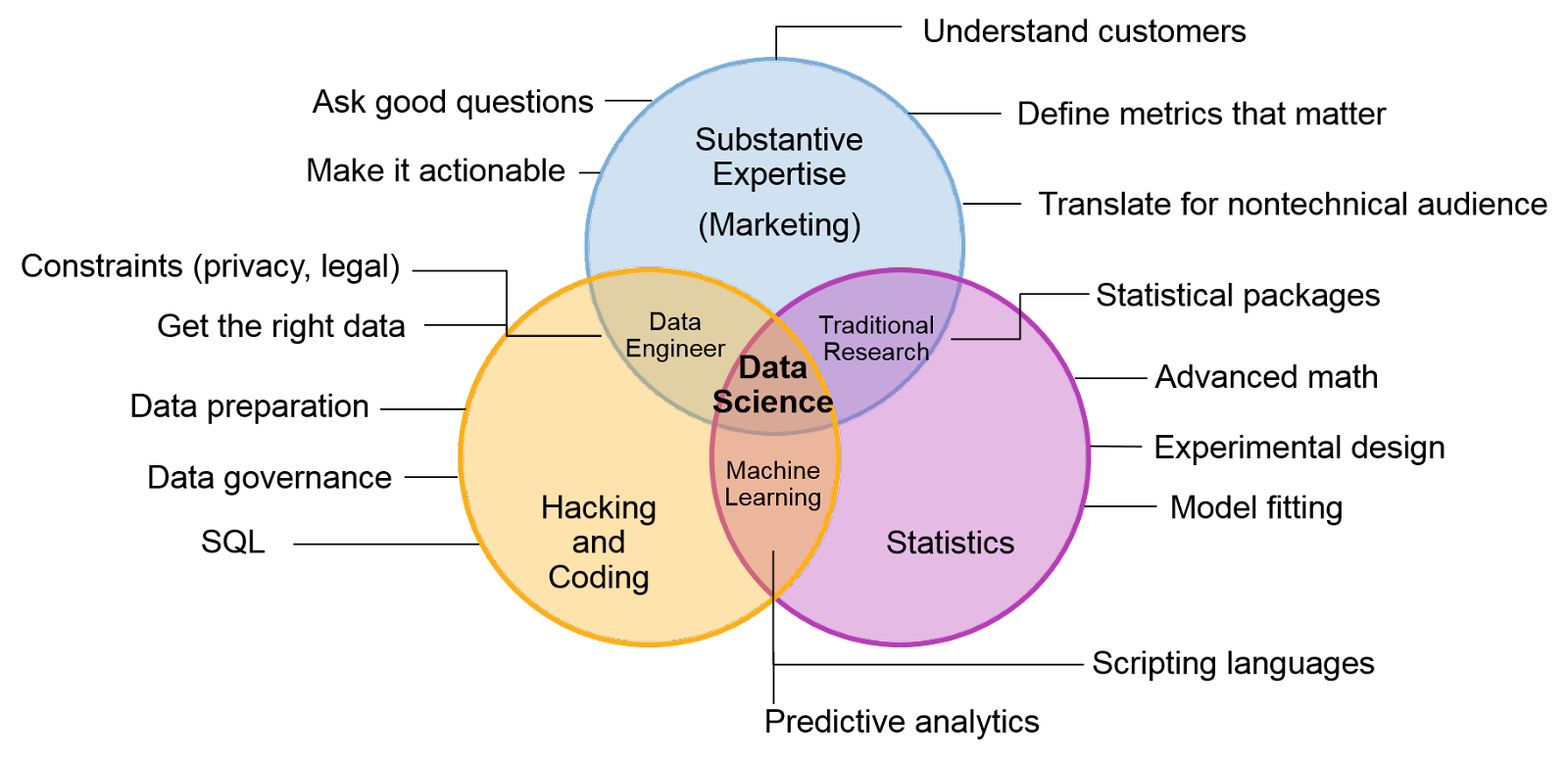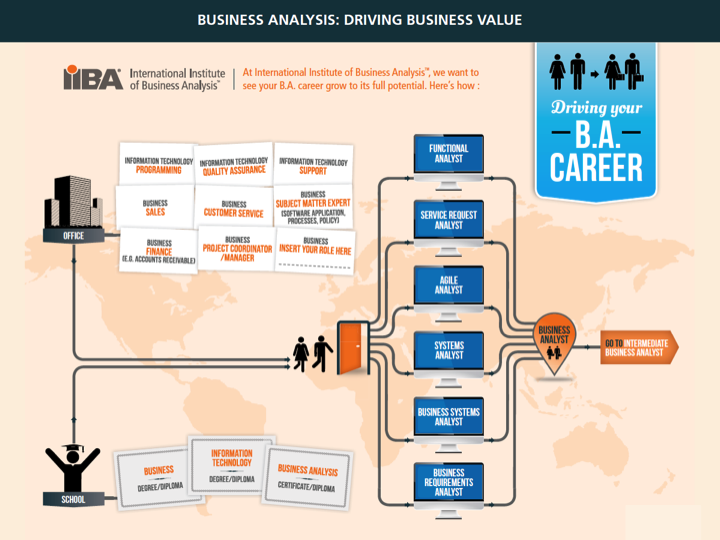
Business intelligence is data that supports business decisions. Traditional reporting is not able to provide actionable insights for business decision making. These metrics do not provide a 'feel good' number, but give merchants a better understanding about why customers abandon carts. The merchant will then be able to take steps to reduce abandonment rates by using these insights. This article will cover some of the most important benefits of business intelligence.
Data visualization
Data visualization in business intelligence is vital for companies in highly competitive industry sectors. The ability to understand the value of data enables companies to develop better products and services for their customers. Data visualization is a powerful tool that companies can use to reach new markets and target demographics. This will increase sales. The World Advertising and Research Center estimates that by 2020, half of global advertising dollars will go online. Businesses have realized the importance of this data and are now using it to generate valuable business insights. Data visualization is a crucial step in business intelligence. Companies can gain insight into information they otherwise wouldn't have access to.
There are many ways to use data visualization in business intelligence tools. Some are free and others charge a fee. Look for a vendor that offers scalable BI service. It is important to consider the number of users that you intend to use the tool and whether it supports multiple platforms. If you plan on using multiple visualizations, ensure the tool's ease-of-use and flexibility is appropriate for your business. Some vendors even offer industry-specific dataviz.
Advanced analytics
Advanced analytics, used in conjunction to traditional BI, can help organizations achieve a higher level data functionality. Advanced analytics can help businesses answer complex business questions by combining historical information and consumption models. Advanced analytics can help organizations improve their marketing campaigns, decrease downtime, and even predict future equipment failures. Advanced analytics can also help organizations reduce staff turnover, as it can identify early signs of dissatisfaction with employees.

Business users and managers can use BI tools to get detailed information so that they can make informed decisions. Advanced analytics tools can create synchronized databases that allow for accurate picture of operational procedures, customer management patterns and team productivity. Advanced analytics is a standard feature in dashboards as well as other business intelligence software. But what are the best applications for advanced analysis? While BI solutions are useful for internal use, unstructured data can hide valuable information and lead to biased decision-making.
Learning under the Association Rule
There are a number of ways to apply association rule mining in business intelligence. Basket data analysis is an example of this application. This allows you find the relationship between products. You might expect 50% of the customers who buy a baby diaper to also purchase the razor blade if there are 5,000 buyers. How do you determine which items are most likely to be combined?
Data is searched for If-then patterns. Then, an association rule can be made by applying a Criterion under Confidence and Support. Support is the frequency that an item appears in the data. Confidence shows how likely it to be true. The third criterion is called Lift, which compares the expected confidence of an association rule with its actual Confidence.
Self-service data management
Self-service data Management for Business Intelligence has many benefits. It allows you to create more analytics quickly. It also ensures data consistency across different systems and provides a single source of truth. While spreadsheets can serve the same purpose in many small businesses, data transformation can be complicated and difficult. The manual process of entering data into spreadsheets can take up to a long time. This type of functionality can be obtained through self-service data handling for business intelligence.
Around 25% of all users are considered power users. These users require flexibility as well as functionality. Self-service data management solutions enable power users to analyze, change, and create dashboards based on their own business needs. Many self-service BI tools allow users to create their own data models. Self-service data administration solutions can be categorised by role or function depending on their user type. The type of data management that a company requires will dictate the software they choose.
Global availability

One of the major benefits of business intelligence (BI) is that it helps companies improve their operations, processes, and strategies. With BI tools, companies can turn the collected data into meaningful insights that can improve their overall productivity, revenue, and profitability. Here are some benefits of business intelligence. Let's now look at some of our most popular BI options. This first BI solution is straightforward and allows you to gain insight into the business.
The second great benefit of BI, is its global accessibility. To make informed business decisions, companies with multiple facilities around the globe need to combine and summarize these data. BI helps organizations measure and monitor the performance of various facilities, thereby allowing them to expand into new markets. Global access to business intelligence has many advantages, including the ability to reduce operational costs as well as improving organizational productivity. Business owners with multiple locations may consider BI to simplify their business operations.
Accessibility
Business intelligence access is essential for every team's success. Each person must have easy access to the data they need. This includes new interns, mid-level executives, and busy C-suite managers. Good data accessibility means providing the tools necessary for everyone, regardless of their level of experience or technical skill. Accessibility should be seamless and easy to learn. However, there are still challenges. This article will discuss the top data accessibility issues that can help you make the right choice.
Access to data is essential for any business's success. The information is useless without it. While data can be used to make better business decisions, it can also create an environment that is too dense with data and hinders innovation and collaboration. Data silos can slow down multiple processes within a business, hinder knowledge transfer, and hinder the development of new products and services. There are several ways to make data available to everyone. Consider the following suggestions as a starting point.
FAQ
What sets cybersecurity apart from other fields of work?
Cybersecurity is very different from other areas of IT where you may have encountered similar challenges. Most businesses deal with databases and servers. Perhaps you have even worked on a project that involved website design.
However, these projects are not typically considered cybersecurity-based. Although you could still use the principles of web development for solving problems, it would likely require more than one person.
You should therefore study cybersecurity. This means learning how to analyze a problem and determine whether it is due to a vulnerability or something else entirely. It will also mean understanding the basics of cryptography and encryption. It will also require that you have good coding skills.
To become a cybersecurity specialist you must study the area in addition to your core subject. But don't forget to keep up with your core subject.
As well as being able to handle lots of complex information, you'll need to understand how to communicate effectively. You'll also need strong communication skills, verbal and written.
Know the best industry practices and standards for your chosen career path. These are crucial for ensuring you move forward instead of falling behind.
How long is a Cyber Security Course?
Cybersecurity training courses typically last between six and 12 weeks, depending on how much time you have available for study. If you're looking for a shorter-term course, you might want to look into an online option like the University of East London Cyber Security Certificate Program. This program meets three times per weeks over four consecutive week. Or, you could opt to take the full-time immersive version if your time is limited. These include classroom lectures, assignments, group discussions, and group discussions. All of these are designed to provide a solid foundation in cybersecurity. The tuition fee covers everything, including accommodation, meals, textbooks, and IT equipment; this makes it easy to budget. The course teaches students the fundamentals of cybersecurity. Students also learn practical skills, such as network forensics and ethical hacking. A certificate is awarded upon graduation. As well as helping people get started with their careers in cybersecurity, the program has helped hundreds of students secure jobs in the industry after they graduate.
A shorter course can be finished in two years. That's the best part. If you are interested in long-term training, you will likely need to work harder. While you will be spending most of your time learning, you will also need to attend classes regularly. A longer course will also cover topics like vulnerability assessment, digital forensics, encryption, malware, and mobile device management. However, if you do decide to follow this path, keep in mind that you will need to spend up to six hours each morning on your studies. A commitment to attending regularly scheduled meetings in person, as well as via online platforms such Skype and Google Hangouts is required. These may be mandatory depending on where you live.
The length of your program will vary depending on whether it's a full time or part-time one. Part-time courses tend to last less than full-time programs, so you might not be able to see the entire curriculum. Full-time programs are more intense and will therefore likely be spread over multiple semesters. No matter what route you choose, ensure that the course you are interested in offers flexible scheduling options to fit your busy schedule.
How can I get certified in cyber security?
For anyone who works in the IT sector, cyber security certifications are highly valued. CompTIA Security+ (1) is the most commonly offered course. Microsoft Certified Solutions Associate – Security (2) and Cisco CCNA Security Certification (3) are also popular. These are all recognized by employers and provide an excellent foundation on which to build. However, there are also many other options available, including Oracle Certified Professional - Java SE 7 Programmer (4), IBM Information Systems Security Foundation (5), and SANS GIAC (6).
Your decision is up to you, but it's important that you know your stuff!
Which IT course is the easiest to learn?
The most important thing you need to do when learning how to use technology is to understand what you are doing. If you don't have an idea of why you want to know how to use technology, then you won't remember anything at all.
It will take you hours to search for tutorials online, and you won't understand them.
Real-life examples are the best way for you to learn. If you're working on an assignment, it is a good idea to try it out. You might find that you discover something about the software that you could not possibly have imagined. This is where real-world experience comes into play.
A great example of this would be Google Wave. It was created as part of Google X but wasn't made public until they decided to release it.
The purpose and value of the item was obvious to people who first saw it. They knew they had to use it immediately.
If we had known nothing about Wave before that point, we probably wouldn't have tried it. We would have spent more time searching for tutorials than doing actual work.
Take advantage of tutorials on YouTube to help you get started in your new job. You'll be inspired to look for more after you have learned something useful.
How can I prepare for my certification exam?
There are many ways you can prepare. One option is to study the syllabus thoroughly before sitting the exam. An alternative is to carefully read the exam guidebook prior to sitting the exam. You can also attempt a few sample questions in order to test your understanding of the topics covered. A local community college could be a good option. There you will have the opportunity to meet other students who have passed the certification exam.
Many websites offer free exam preparation materials. An electronic version of the exam book can be purchased, but only one copy is available. It is recommended that you keep this copy safe (a CD/DVD drives are ideal).
You should also keep in mind that many companies provide their own self-study guide. These typically cost between $100-$400. However, they usually include additional features like quizzes and flashcards. You can even take the exam online with some of these products.
What is the top paying IT certifications?
There is no definitive answer to this question. Microsoft certifications seem to attract more money, according to the general consensus.
Statistics
- The global IoT market is expected to reach a value of USD 1,386.06 billion by 2026 from USD 761.4 billion in 2020 at a CAGR of 10.53% during the period 2021-2026 (globenewswire.com).
- Employment in computer and information technology occupations is projected to grow 11% from 2019 to 2029, much faster than the average for all occupations. These occupations are projected to add about 531,200 new jobs, with companies looking to fill their ranks with specialists in cloud computing, collating and management of business information, and cybersecurity (bls.gov).
- The United States has the largest share of the global IT industry, accounting for 42.3% in 2020, followed by Europe (27.9%), Asia Pacific excluding Japan (APJ; 21.6%), Latin America (1.7%), and Middle East & Africa (MEA; 1.0%) (comptia.co).
- The top five countries providing the most IT professionals are the United States, India, Canada, Saudi Arabia, and the UK (itnews.co.uk).
- The number of IT certifications available on the job market is growing rapidly. According to an analysis conducted by CertifyIT, there were more than 2,000 different IT certifications available in 2017,
- The median annual salary of computer and information technology jobs in the US is $88,240, well above the national average of $39,810 (bls.gov).
External Links
How To
How do I study for an IT exam?
Many colleges and companies offer tutoring services and study groups. Online groups allow members to discuss different topics. This allows you to ask questions and seek feedback. Many universities even offer personalized tuition using Skype or FaceTime.
If you enjoy face-to–face interaction, you might think about joining a local college. Many schools offer classes for non-students that are completely free. There are many options, but professional instructors only offer the main ones. The classes are usually small and allow for plenty of one on one time.
If you are studying at home, it might be a good idea first to read the official guide. You should then set aside time each day for reviewing the material. Don't spend too much time trying solve every question. Take short breaks between sections so you can focus on understanding, not memorizing facts.
Once you feel confident, test your skills regularly. You should practice testing yourself regularly.